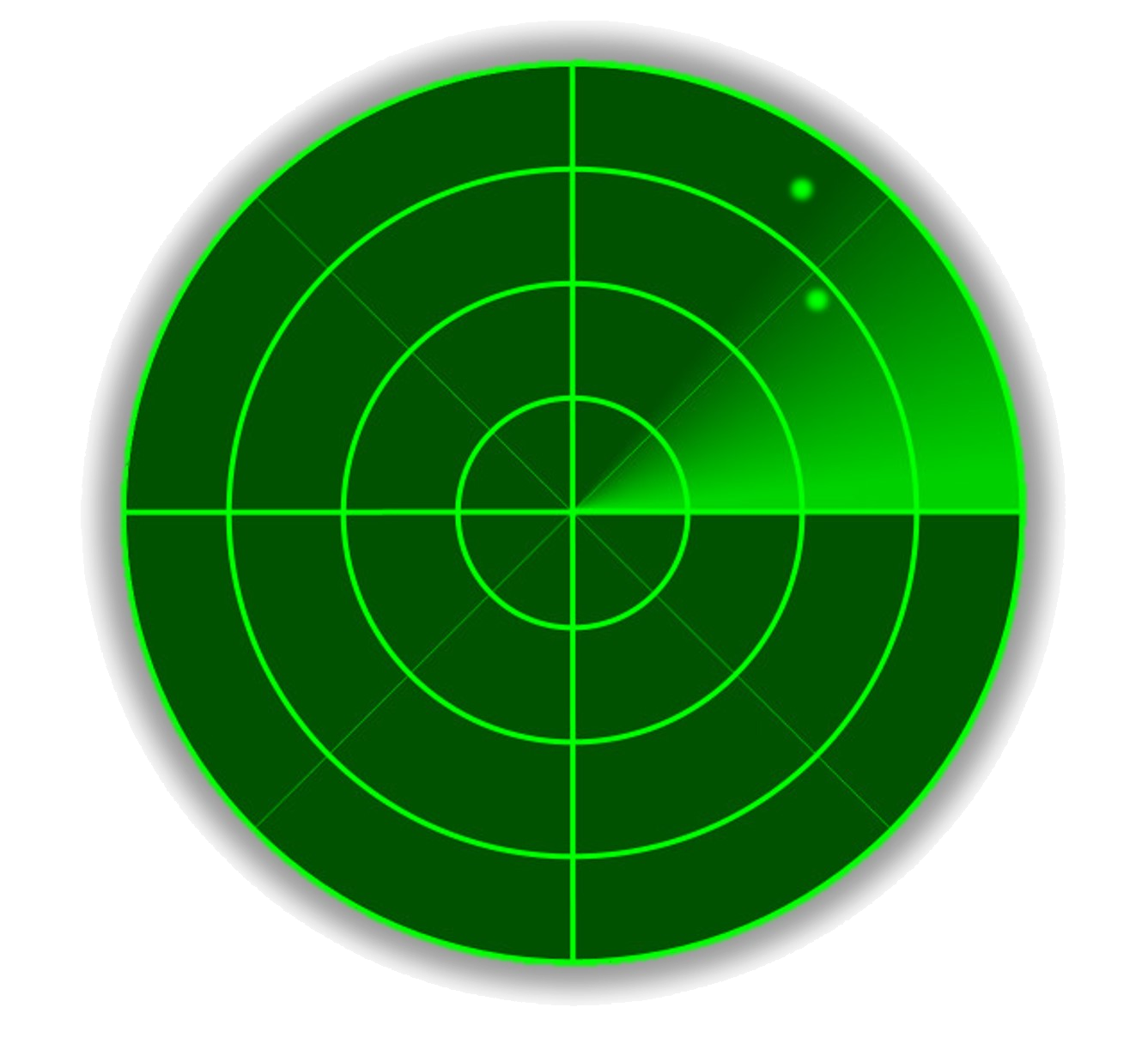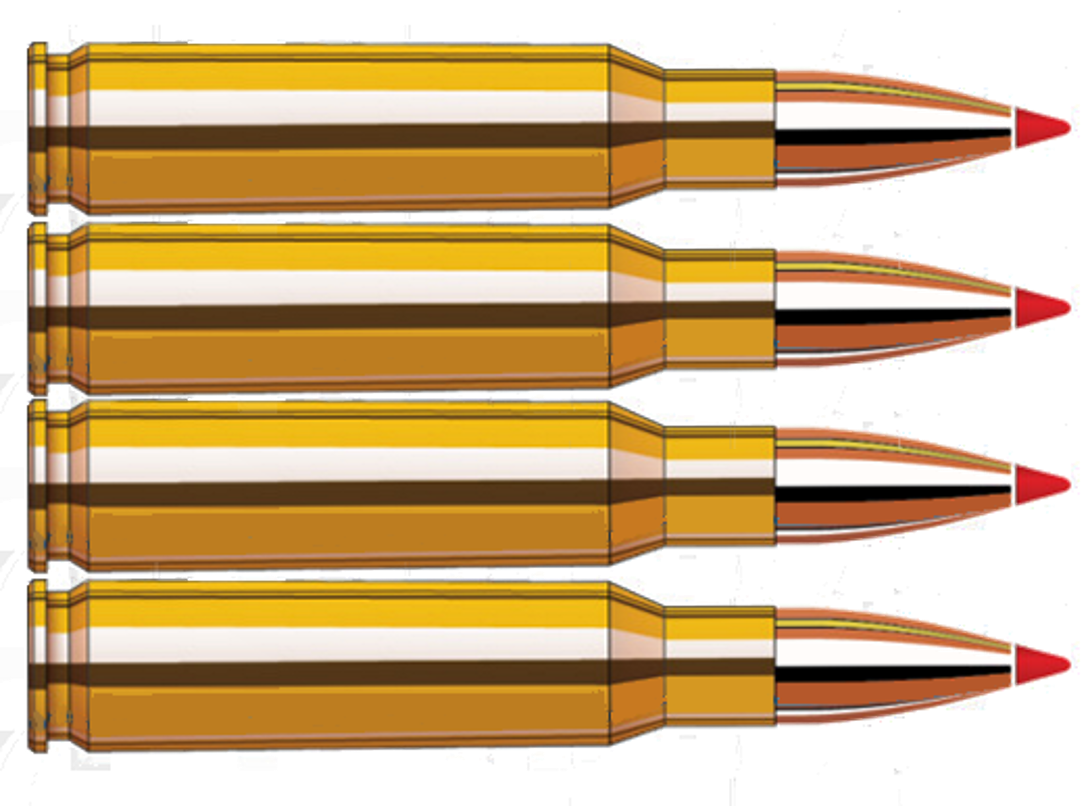HACK! Thanks for reading the Merge.
How are we doing?
No really, how are we doing? Debrief your experience at the bottom so we can keep shacking the target (or keep trying). Finally, forward this email to someone who you think might like it.
Admin complete; now enjoy the show. |
 |
This week the Air Force pulled two F-16s from the boneyard, beginning its multi-year journey to build a digital twin of the Viper.
We know what you’re thinking: what is a digital twin, why doesn’t the OEM (Lockheed) have one already, and WTH are they using mothballed, bent-up F-16s to do it?
What
First, let's cover what a digital twin is NOT:
For our boomer readers: No, it is not rebranded CAD.
For our Gen Z readers: No, it’s not an NFT either.
[bonus points for those who know what both of those acronyms are]
What it IS: A digital twin is a virtual representation that serves as a real-time digital counterpart of a physical object or process.
Um What
The keyword here is real-time. That means there is a connection between the physical world (the thing) and the virtual world (the digital twin).
This connection lets them coevolve via data feedback loops, meaning the digital twin is a living clone based on a single source of data. This is the key distinction between a twin and a model (a copy) or simulation (using a model to emulate the behavior and performance).
So What
The concept of a digital twin has been around since NASA’s Apollo 13 mission, though modern technology has expanded the art of the possible.
It’s now used at the component, machine, and plant levels; in supply chains and workflows; and in operations and sustainment. The idea of digital twins is relatively new to the defense sector, though as with most modern technology, it's already prevalent in other industries.
Most automotive manufacturers already use digital twins when designing cars, but there are other uses too. Portuguese utility company Aguas do Porto uses a digital twin to improve its city water supply management and sustainment. General Electric and Ford use factory digital twins to synchronize operations and optimize performance.
A Step Further: Once you have 1) a product digital twin, 2) a production digital twin, and 3) a performance digital twin, they can all be connected to create a holistic tooth-to-tail, cradle-to-grave living twin. The thing that connects and interacts with all these digital twins across the product lifespan is called a digital thread. |
 |
This enables all kinds of things: accelerated product development, production agility, predictive maintenance, data-informed life extension, eliminating parts obsolescence issues, and evolving sub-component designs to improve performance and maintenance.
What Now
Back to those old F-16s being pulled from the boneyard.
Armed with your newly acquired digital twin knowledge, if you’re an optimist, this effort is focused on: - developing new digital twinning tools and methods, to be used on existing and future programs.
- creating a digital twin of a not-so-gently-used Viper that can be added to the digital thread of the F-16 to inform engineers how the product is stressed over time based on how it was used, which should inform future programs.
If you’re a pessimist, you read the Air Force’s original digital twin press release and deduced everything it mentioned was really about developing digital models of systems — not building digital twins. Both are part of the larger digital engineering pie, but they are definitely different slices. #wordsmeanthings
It's hard to tell what’s really going on without more details, but time will tell what this four-year effort produces. On the bright side, you’re now smart enough to spot the difference!
|
In That Number
15,000
The number of suppliers that could exit the U.S. defense industrial base over the next 10 years unless something changes, according to Deputy Secretary of Defense Kathleen Hicks.
Over the last decade, over-consolidation of the market has already reduced the number of defense companies by 40 percent. |
Trivia: Mastercard recently announced it is phasing out magnetic stripes on its cards starting in 2024. This begs the question: where those stripes came from in the first place? |
 |
The Pentagon has been blasting communication satellites into space but is lagging the fight to field terminals for users to use the satellite capabilities. The latest example of this disconnect is in the GAO’s assessment of the DoD’s new(ish) narrowband SATCOM. The $7.4 billion 20-year old Mobile User Objective System (MUOS) program has had its constellation in orbit for four years and provides a 10X increase in bandwidth—but there are almost no fielded terminals in aircraft, ships, and vehicles to use it. Three companies have the terminals ready to provide the DoD, but the services don’t think they are important enough to buy them. Plot twist: the narrowband SATCOM requirement hasn’t been updated since 2010, so it’s probably much worse than we think. #NoCoMnObOmB
While we're on the topic, Apple plans to add satellite features to its next iPhones. This rollout will start as an emergency texting-via-satellite tool, which has been in development since 2017. Don’t get too excited beyond that though. It will be tough to make the iPhone a SATiPhone due to size and power requirements, and the bandwidth cost. A normal phone transmits a cell signal at 4 milliwatts, whereas a satellite phone transmits 400X stronger than that. |
They Said It “We’re missing some key components to do this in a contested environment.”
— Lt. Marine Corps Lt. Gen. Dennis Crall, the chief information officer and J6 of the Joint Chiefs of Staff, speaking on JADC2.
Apparently, another missing piece is a plan and any money to execute. Air Force Chief Software Officer Nic Chaillan quit the government Friday and left a scathing review on LinkedIn (which is this week's trending platform of choice to pop off at the Pentagon on your way out the door). |
Pentagon Speak: Tweets “See the game-changing, cross-domain, cross-service concepts the Strategic Capabilities Office and US Navy are rapidly developing: an SM-6 launched from a modular launcher off of USV Ranger. Such innovation drives the future of joint capabilities.”
Human Speak: You put a shipboard missile in a shipping container and put the shipping container on a ship. |
There’s plenty of consensus in Washington about the China challenge, but there is no consensus on what the intentions of the Chinese Communist Party are and what strategy they are pursuing.
Rush Doshi, who is currently serving as a China director at the National Security Council, wrote a book that frames this as a competition over regional and global order, as well as the various forms of control that sustain it. Zoom in here for an excellent review of Doshi’s book and CliffsNotes of the situation. |
 |
- L3Harris secured a $947 million services contract from the Air Force to support the B-52 and C-130 AN/ALQ-172 EW systems
- The NSA awarded Hewlett Packard a 10-year $2 billion high-performance computing-as-a-service contract for AI development and big data analytics
- Duke University released a report that several global data brokers capture, advertise, and sell information about active-duty U.S. military personnel
- Orbit Fab, a multi-orbit refueling servicing company (i.e. gas stations in space) announced it will move its business from San Francisco to Denver to be closer to the space scene
- L3Harris completed the first flight of its Bombardier biz jet tech demonstrator that is part of the Army’s Airborne Reconnaissance and Electronic Warfare System (ARES), the effort to replace its aging prop-driven King Air Guardrail fleet
- Virgin Orbit cleared its environmental review to launch satellites from Guam off its modified Boeing 747; the FAA approval is the next step
- Ball Aerospace & Booz Allen Hamilton got tapped by the Air Force to research advanced cybersecurity for aircraft that is worth up to $200 million for each company
- OneWeb unveiled its smallest user terminal for LEO broadband; it’s the size of a suitcase #keepshrinking
- SpaceX paused Starlink satellite launches so it can incorporate laser comm cross-links into its satellite design, which will enable it to start offering polar coverage of space-based broadband
- Spire Global, a commercial weather CubeSat startup, pivots to government SIGINT missions after accidentally discovering that its satellites can detect GPS jamming and spoofing signals
- The Navy conducted a 1-2 punch by completing both a first and second-stage solid rocket motor test for the Navy and Army Common-Hypersonic Glide Body (the Navy has the development; the Army has production). Meanwhile, the Air Force continues to struggle with its air-launched hypersonic booster
- The Air Force awarded a 55-company $46 billion contract for weapon digital engineering
- Collins Aerospace (owned by Raytheon) announced they are acquiring Flight Aware, the company that provides flight tracking solutions
- Armaments Research Company secures a rare SBIR phase III contract from the Army to fuse data from its miniaturized AI-enabled edge computing sensors with other battlefield data sources
- Simba Chain, a blockchain startup that provides supply chain solutions to all the services, raised $25 million to get into NFTs
- The U.S. and Indian Air Forces sign $22 million deal to jointly develop various technologies, which is the largest ever RDT&E collaboration between the US and India
And Finally... - Last week: We told you that COVID-19 was putting a strain on liquid oxygen supplies for satellite launches for the rest of the year.
- This week: The global microelectronic shortage is trickling down to military satellite programs, which will probably result in program delays.
|
Share with Friends, Get Cool Stuff! |
Have friends who'd love the Merge too? Give them your unique referral link (below) and start earning rewards when they subscribe.
Your unique referral link:
You currently have referrals |
Trivia Answer: The CIA. In the early 1960s, the spy agency approached IBM to develop a plastic card with a magnetic strip that could store data so they could be used in their office building. IBM developed the technology but decided not to patent it to proliferate the technology so consumers could use these fancy new credit cards to more easily buy IBM computers. |
Get in formation and follow us! |
|
|
|
|